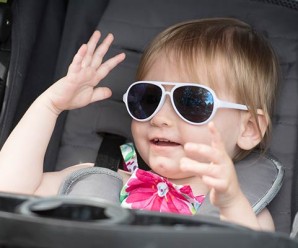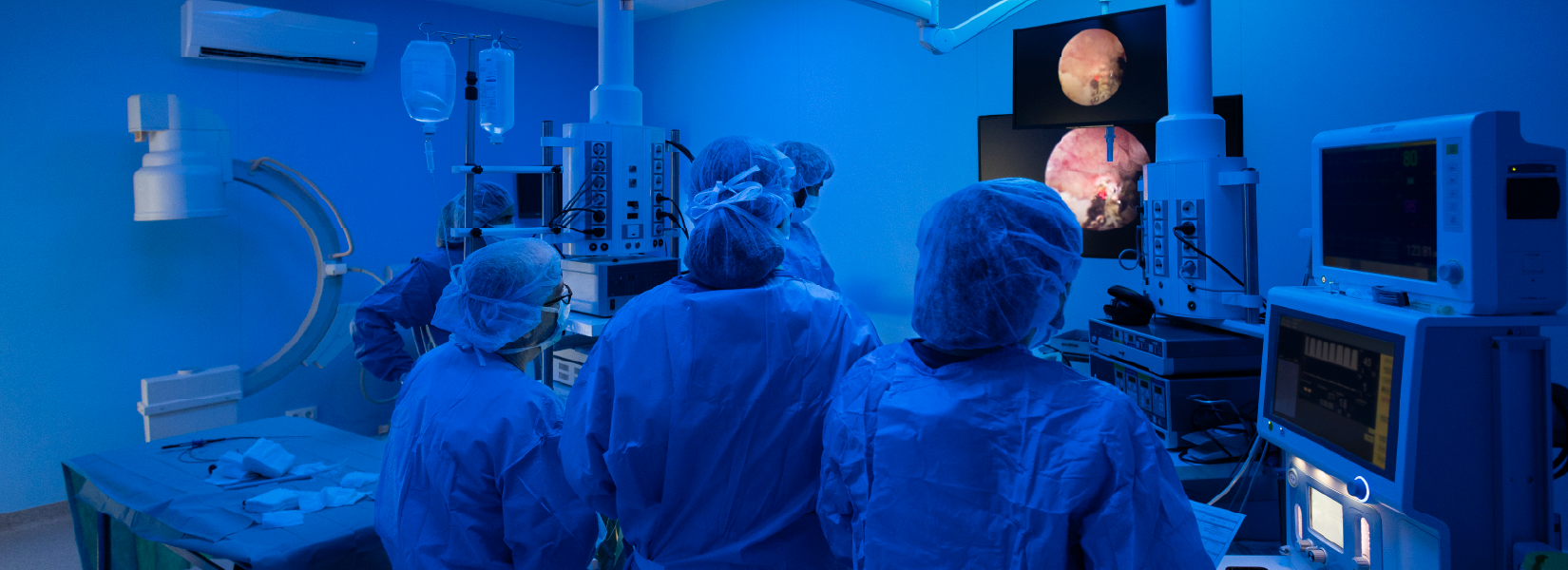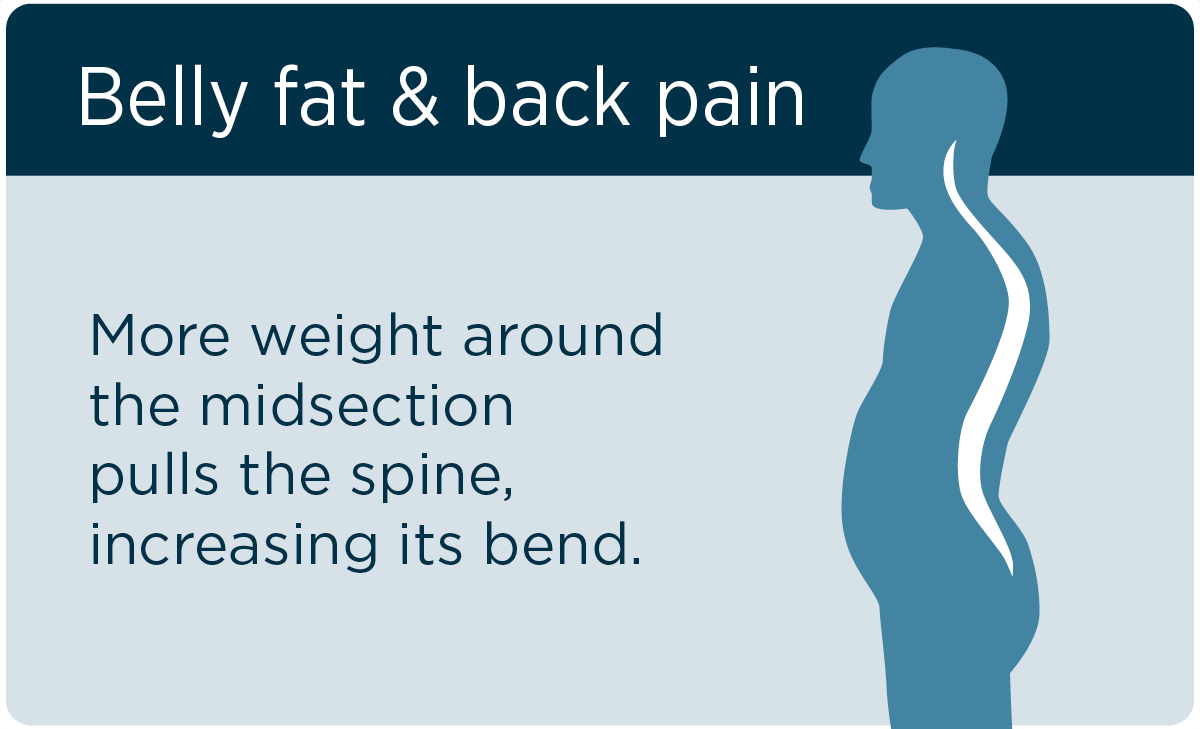When toddlers first start walking they have a waddling gate. At this age, their knees are wider apart, which is called bowlegs.

Bowlegs is when a person stands and walks with their knees farther apart than their ankles, similar to looking like they just got off a horse. It is called “varus” alignment. On the opposite side of the spectrum, a person with knock-knees walks with knees touching, even when their feet are apart. This is called “valgus” alignment.
Bowlegs and knock-knees are usually part of normal development.
Babies are typically bowlegged because that’s the way our legs naturally develop. Over time, our legs straighten as we bear weight and grow taller. Then, children tend to become knock-kneed from ages 2-4. Their legs gradually straighten again to the expected few degrees of knock-knee that we have as adults.
“So, bowlegs in a 13-month-old is usually normal, but bowlegs in a 3-year-old is not,” said Dr. Rachel Randall, Marshfield Clinic Health System pediatric orthopedic surgeon. “On the other hand, noticeable knock-knees in a 3-year-old is usually normal, but significant knock-knees in a 10-year-old requires investigation of an underlying cause.”
Several causes to abnormal bone growth
Uneven growth across the bone causes an extreme or abnormal curve. Some influencing factors include genetics, Rickets, Blount’s disease (a growth disorder of the shinbone), injuries to the bone, and radiation treatments for cancer or infection around the growth plates. Depending on the cause, the deformity can be seen on both or just one leg.
In most cases, children grow out of bowlegs and knock-knees. Visit your child’s pediatrician when:
- Extreme curvature is present.
- Affects only one side.
- Happening later in childhood.
- Becoming more noticeable over time.
In addition to an exam and reviewing your family medical history, the pediatrician will assess your child’s bone structure with a standing alignment X-ray. Sometimes a diagnosis isn’t possible during the first examination because we need to see whether the deformity is progressing over time. It’s helpful to see how the child walks over a few months, especially if a thrust develops.
“I often ask parents to take videos of their children walking at home so we can compare over time to determine if the deformity is getting better or worse,” Randall said.
Treating bowlegs and knock-knees
“In growing children, we have the ability to ‘guide growth’ by doing a surgical procedure that allows us to tether the side of the growth plate that is growing too fast,” Randall said.
This allows the child’s limb to straighten and correct as they grow. In more severe cases or if the growth plate is damaged, the surgeon will remove or add a wedge in order to make the limb straight. This also is the treatment in adults. Randall advises that bracing is not effective at correcting bowleg and knock-knees.
Adults are at an increased risk for knee injuries or osteoarthritis if abnormal alignment isn’t treated. “Think of the cartilage in your knees like a tread on a tire. If the tire is out of alignment, the tread wears faster. The same things happens with knees,” Randall said.
If you’re concerned about bowlegs or knock-knees in your child, talk with your pediatrician.
Related Shine365 posts
Pointers for parents of pigeon-toed children






Leave a Reply